
Textile materials
Nature gives us cotton, flax, wool and silk to spin into threads, and modern technology turns cellulose into viscose, modal and lyocell. We choose natural materials, preferably recycled and regenerative fibres, so that we can design and produce sustainable clothing for closed-loop recycling. Reuse, recycle and recover are watchwords that guide our actions. Organic cotton jersey has featured in our collections since the 90s – a fabric we are proud of!

CottonCotton is an incredibly versatile fibre with excellent properties. It is durable, easy to wash and cool to wear in the heat.
What’s more, cotton feels smooth and comfortable against the skin, making it a go-to choice for a variety of textile applications. A distinction is made between carded cotton, which is porous and rather coarse, and combed cotton, which has a smoother surface and is less porous.
We have been using organic cotton in our collections since the 90s. We were trailblazers in that regard. No synthetic pesticides or artificial fertilisers are used in the cultivation of organic cotton. An excellent environmental alternative is recycled cotton derived from pre-consumer and post-consumer waste, such as manufacturing leftovers and discarded clothing and textile scraps. The benefits of using recycled cotton are that it reduces waste and conserves resources that would otherwise be used to produce new cotton.
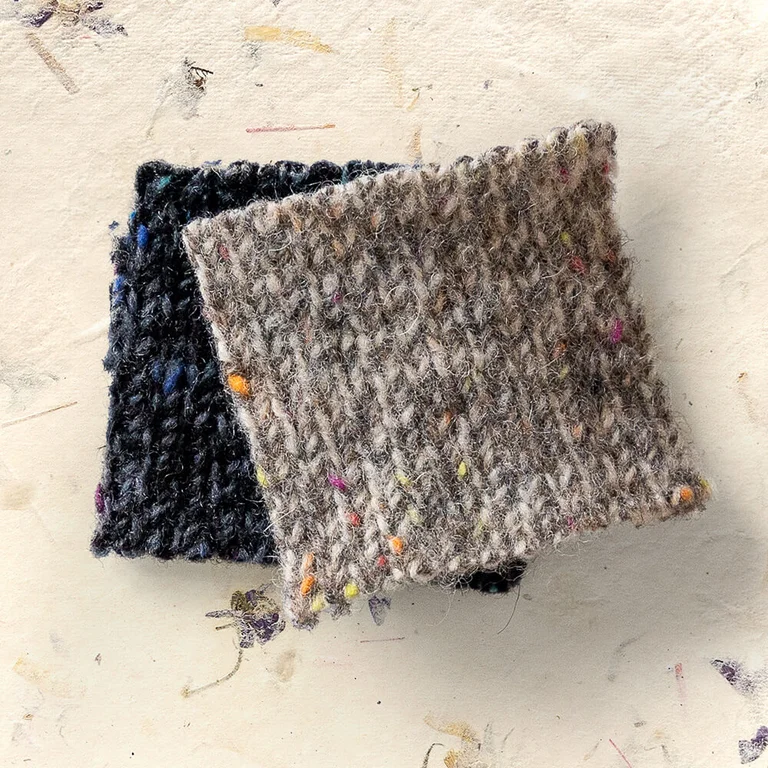
WoolWool is a biodegradable super fibre and, because of its outstanding properties, it is one of our favourite materials.
Wool is a great temperature regulator, providing warmth in cold and damp weather and keeping you cool when the sun beats down. Lanolin, the natural wax in sheep’s wool, has self-cleaning and dirt-repellent properties. This means that wool garments can be aired instead of washed to freshen them up, helping them stay soft and beautiful for years.
The wool that we use does not come from sheep or lambs that have been subjected to the painful procedure known as mulesing, that is used to prevent flystrike. It is not unusual for pilling to occur on the surface of soft and fluffy wool garments. This is perfectly natural and the small bobbles can be easily removed by hand or with a fabric shaver.

Merino woolcomes from Merino sheep and the fibres are ultra-fine, naturally crimped and soft. We use non-mulesed Merino wool sourced mainly from South Africa and South America.
Mulesing is a painful procedure performed on merino sheep. As far as possible, we also use wool fibres and wool dyeing processes that are certified organic.
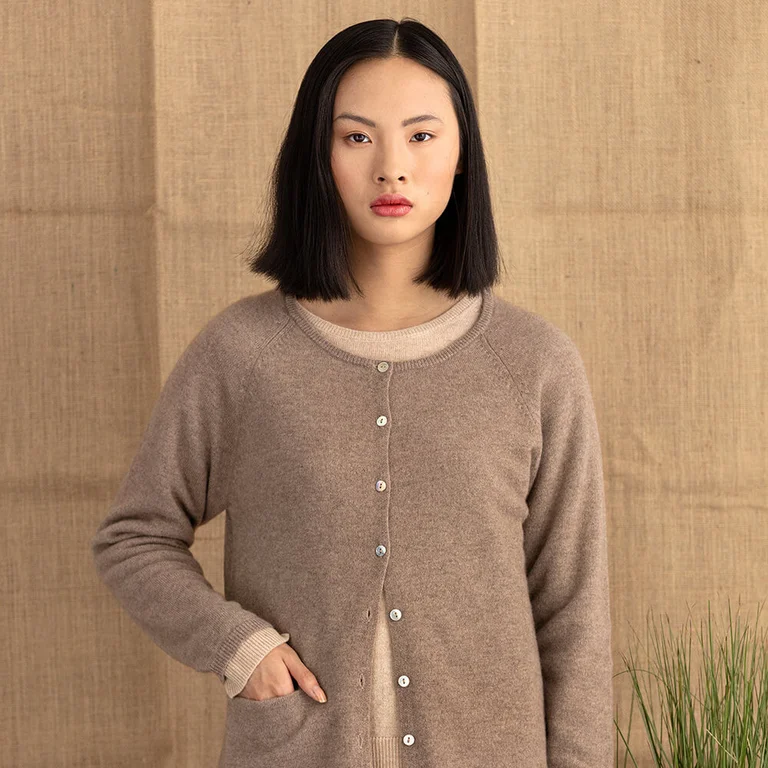
Cashmere is a fine wool sourced from the soft, downy undercoat of domestic breeds of goats that live in cold climates.
The name cashmere comes from Kashmir, the region in northern India.
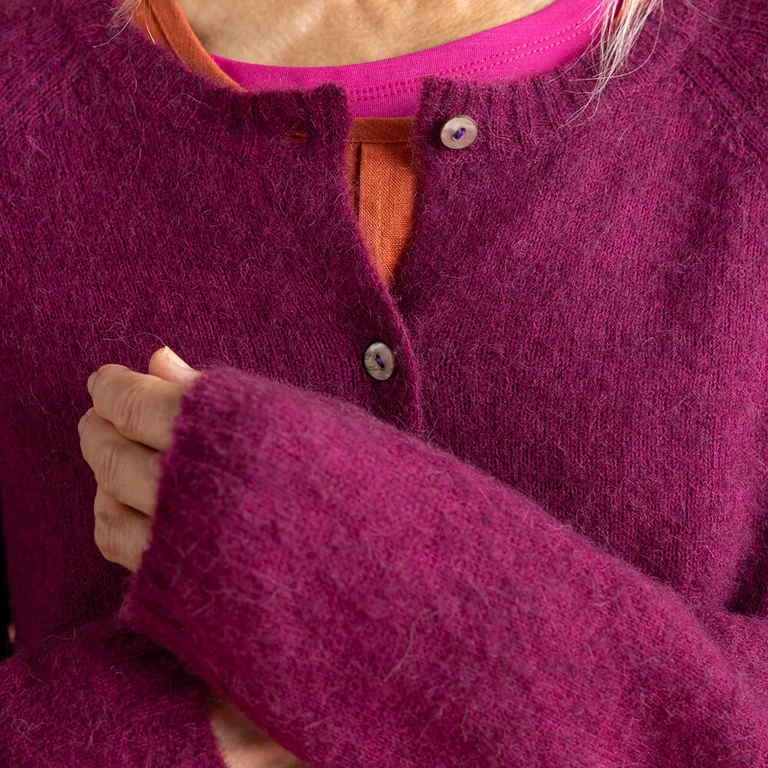
Alpacais a fine, soft and long-fibred wool. It is warm and lightweight with a natural sheen that creates a beautiful texture.
Since alpaca wool does not contain any lanolin, the washing process is not particularly water or energy intensive.
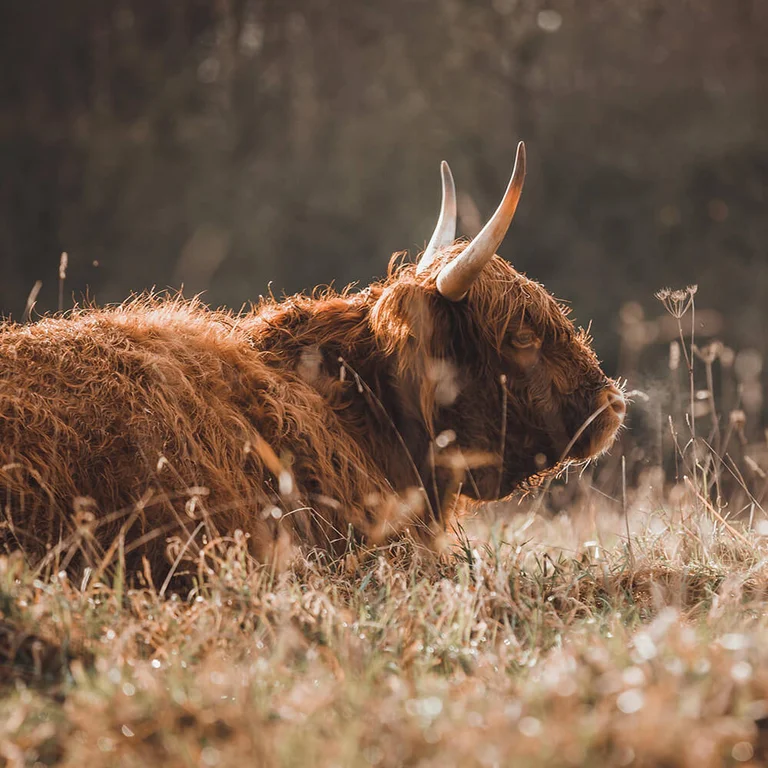
Yak woolcomes from the yak, also known as the grunting ox, that have coats of long hair which produces a wool
that is warmer than regular sheep’s wool, but is also light, soft and very cosy.

LinenLinen is a soft and cool material that is made from the stalks of the flax plant. Flax is the fibre that has been most widely used over time for clothes in Sweden.
We use it extensively in our collections of home accessories and woven, knitted and jersey garments.
One of the many fine features of linen is its smooth texture, which repels dirt and makes it easy to clean. Linen is also a hard-wearing fabric with lasting quality.
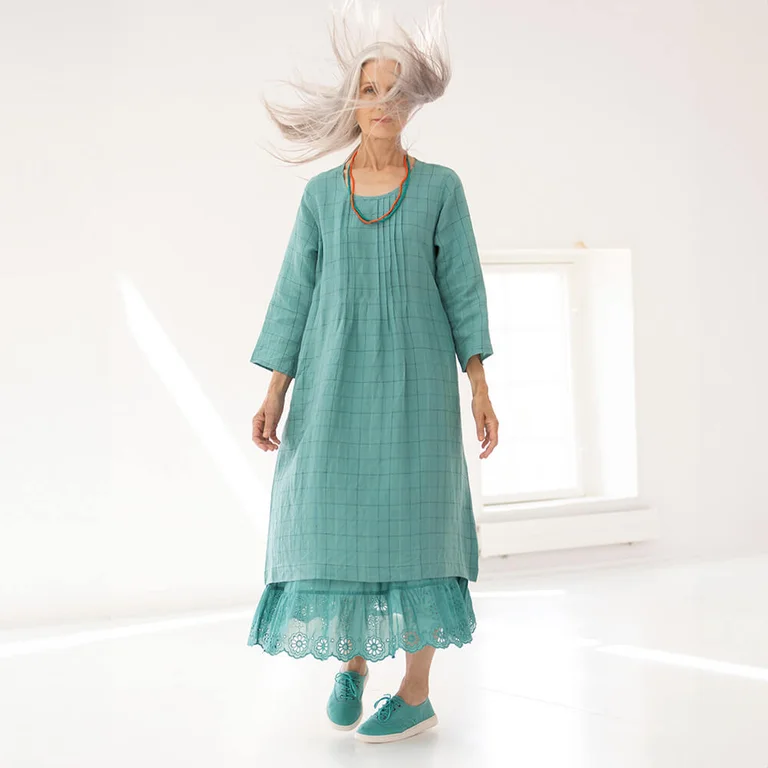
Dew-retted linenWe prefer to use linen produced using dew retting.
Dew-retting is a traditional method of processing flax stems by placing them on the ground and letting the dew and rain loosen and separate the fibres naturally.

SilkSilk is made from the silk fibres spun by the larvae of the silk moth, which are both wild and cultivated.
The most common cultivated silk comes from moths that eat mulberry leaves, known as mulberry silk. The larvae spin cocoons of raw silk fibres which can measure more than 1000 metres in length! Wild silk is coarser and more irregular than cultivated silk, which gives it a special charm.
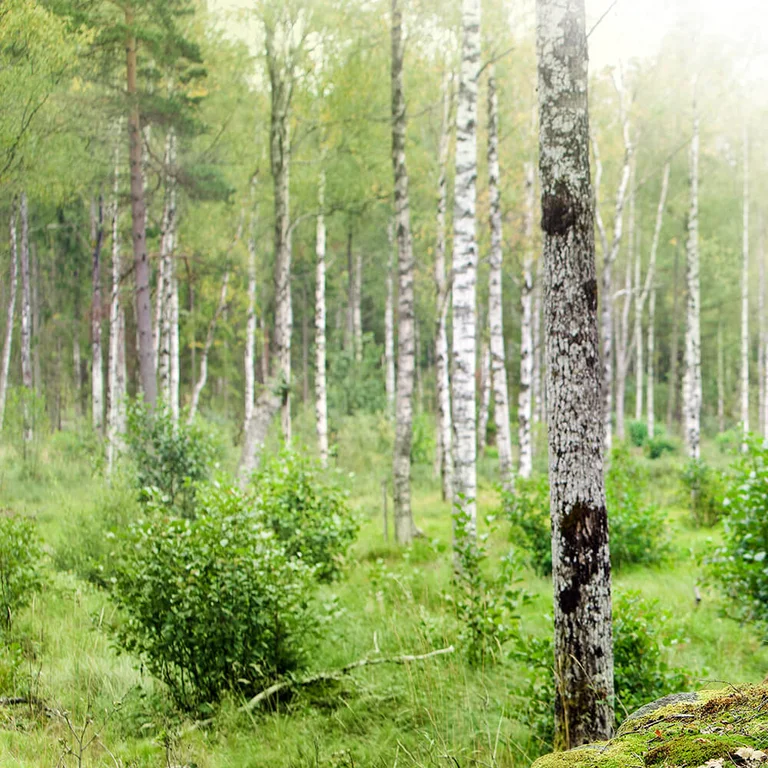
Regenerated fibresWhenever possible, we use regenerated fibres. These are made from naturally produced organic material, usually cellulose (various tree species), which is dissolved and then regenerated into fibres.
Favourite choices are soft and comfortable TENCEL™ Modal and TENCEL™ Lyocell, manufactured by Lenzing in closed-loop systems that recover and reuse water and essential chemicals.
Many of the regenerated fibres are extremely soft and feel comfortable against the skin and have similar properties to cotton. The fibres often have a fine sheen and a beautiful drape, and they crease less than cotton due to their elasticity. And because the fibres are straight, they are easier to get clean than cotton.

ViscoseViscose, which used to be called rayon, is a regenerated fibre that is made from the cellulose of spruce or other trees.
The cellulose is turned into pulp, which is spun into different types of fibres. The viscose fibres have good moisture absorption but are delicate and weak when wet and wrinkle easily in the wash. Fabrics made of viscose drape beautifully and feel soft on the skin.
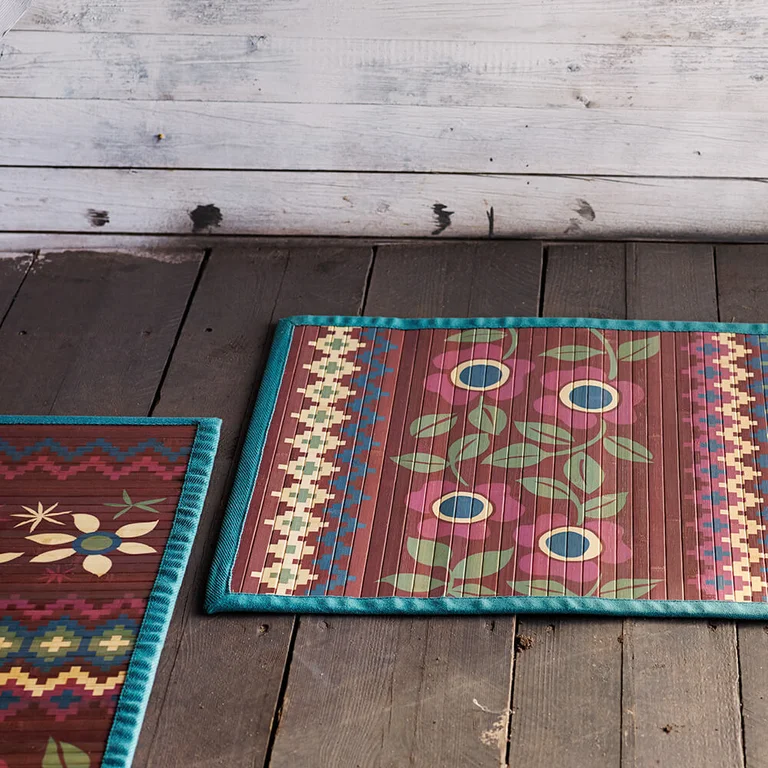
Bamboo fibresBamboo grows in tropical, sub-tropical and temperate regions of Asia and provides an excellent textile raw material.
It grows quickly in poor soil conditions and requires no pesticides or artificial irrigation. Bamboo has naturally sustainable properties and is used as a raw material to make bamboo viscose, bamboo lyocell and other regenerated fibres. It has a soft and silky-smooth feel against the skin.
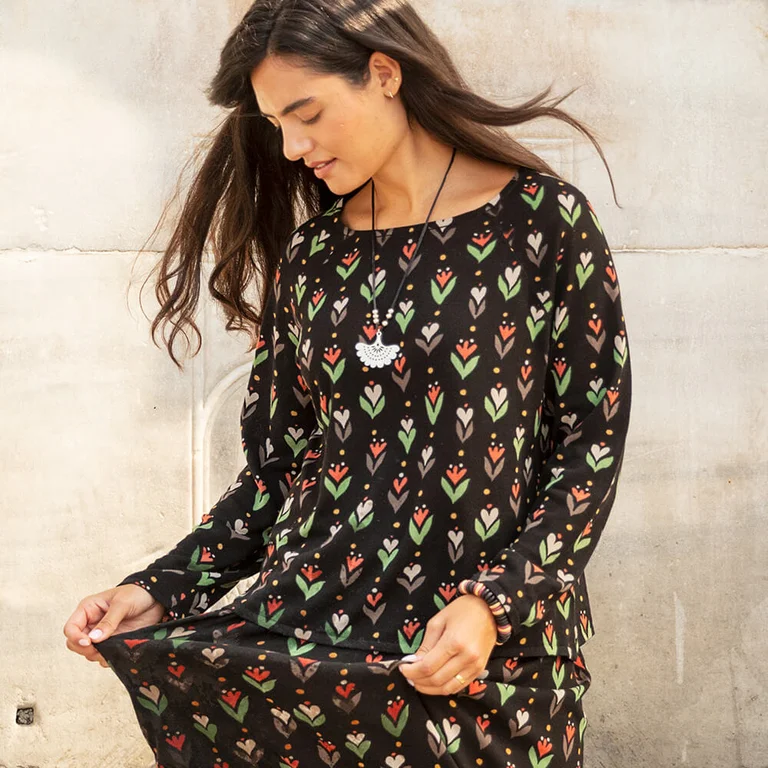
Recycled fibresOur recycled fibres are typically made from textile industry scraps of cotton, linen, wool, polyamide and polyester.
The recycled fibre market is growing steadily.
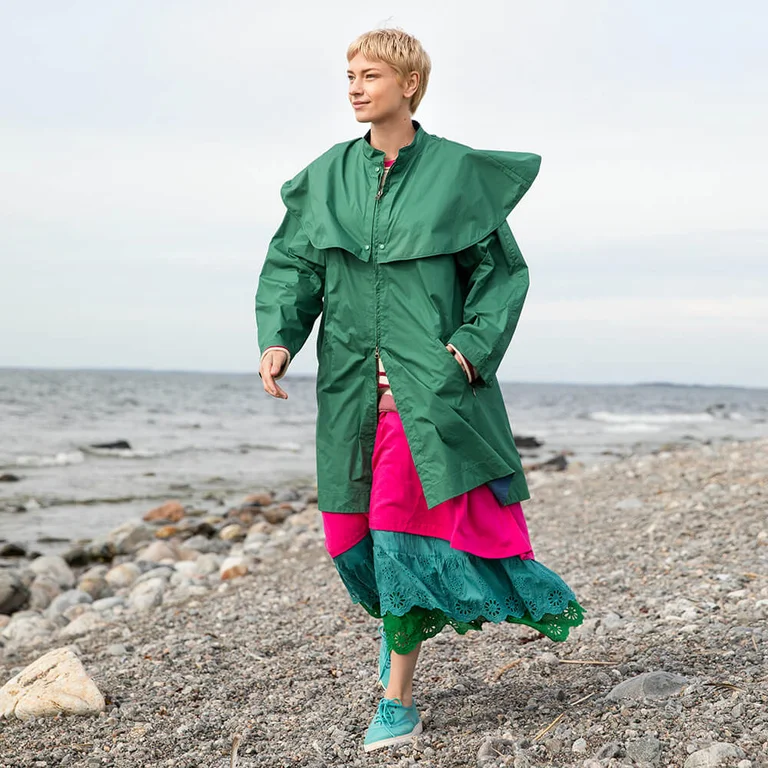
Textile finishesOur wind-resistant garments are treated with a non fluorinated water-repellent finish.
Our rainwear is finished in the same way, and has a polyurethane coating on the inside and taped seams for full waterproofing.
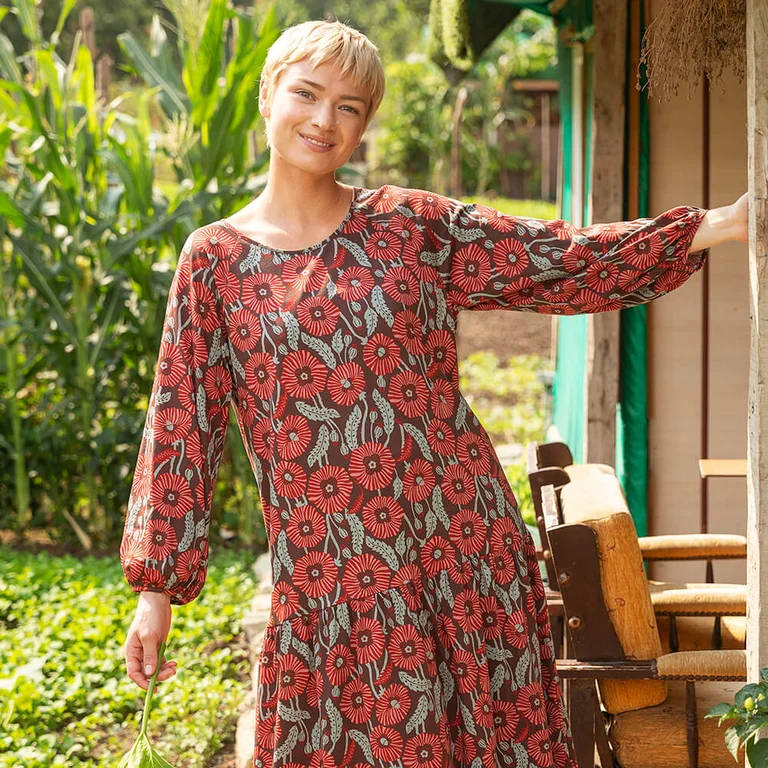
CertificationWe require transparency and certification for the production of our organic and recycled materials.
All producers must be approved by independent certification bodies. We have certificates for cotton, linen, wool and other fibres, and for processes including dyeing, printing and the actual manufacturing process. The entire production chain, from the raw fibre to manufacturing, is certified for the majority of our products.
The fibres and materials for which we require certification are TENCEL™ Lyocell, TENCEL™ Modal, TENCEL™ Modal x Micro, LENZING™ ECOVERO™ Viscose, recycled materials, organically-grown and certified cotton/linen/hemp, certified organic wool, Swedish wool, RWS wool, RAS alpaca, CmiA and BCI cotton, FSC® certified timber and natural rubber. TENCEL™, LENZING™ and ECOVERO™ are trademarks of Lenzing AG.
